Carbonates: Uleksite
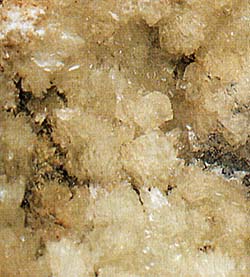 Diagnostic card.
Diagnostic card.
Na Ca B 5 O 6 (OH) 6 * 5 (H 2 O)
Triclinic syngene
Hardness 2,5
Specific weight 1.96
Cleavage is perfect
Crack irregular
Color is colorless, colored
Color in powder white
Glitter from glass to silky
Uleksite, or boronatrocalcite, television stone - due to the fibrous structure in the mineral, the effect of the "cat's eye" is manifested. The shine is silky. The stone has the properties of a fiber: if a ulexite is put on a line of a font, the letters "appear" on its surface. For this ulexite is also called a television or TV-stone. Ulexite deposits are available in Argentina, Chile, Canada, USA (California, Nevada).
Uleksite is a colorless or dirty white mineral, occasionally with a greenish haze. Gloss is glass or silky; In most cases the mineral slightly shines through. Crystallizes in the triclinic syngony. Forms crystals that are visible to the naked eye. More common masses and crusts, consisting of rounded concretions, sometimes kidney-shaped with a fibrous internal structure.
Diagnostic signs.
In some cases, the ulexite consists of fibers that are relatively ordered relative to each other. This causes the appearance of a characteristic silky shine. Ulexite is capable of appreciable bluish-green fluorescence in ultraviolet rays. In many cases, it can also phosphoresce in pale straw-yellow tonality.
Origin.
Ulexite is formed as a result of precipitation of precipitates from solutions under arid conditions. Therefore, its deposits can have a relatively large area.
Deposits and applications.
The most famous Boron and Death Valley (California, USA), Iquique (Chile), Bigadich (Turkey) and the Caspian region. In Italy, small crystals and fine crusts of ulexite are found around the outlets of boroniferous springs in Larderello (Tuscany region).
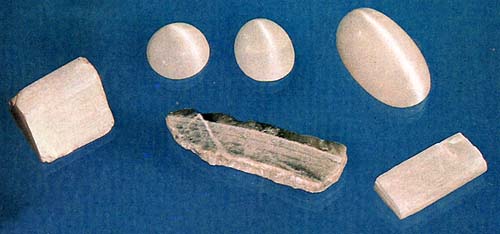
For the characteristic shine, color and flickering elongated strip of light, polished ulexites are often called "cat eyes". It is believed that such stones as ulexite are able to attract attention of other people to their owner, creating around them a certain aura of attention. Modern connoisseurs of the mystical properties of stones believe that decorating with a "cat's eye" ulexite can help to influence other people. Such a stone is able to "remember" the individual qualities of its owner, although such "information imprinting" allegedly does not occur immediately, but only after a long time. With all such intriguing properties of the ulexite, one should be careful with stones with this name, since the world market is literally saturated with "ulexites", which in actual fact turn out to be ordinary glass with different inclusions.
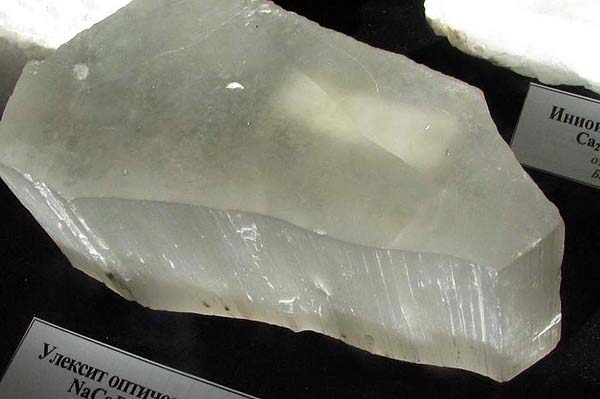
Uleksite (optical). Boron, California, USA. Photo: © А.А. Evseev.
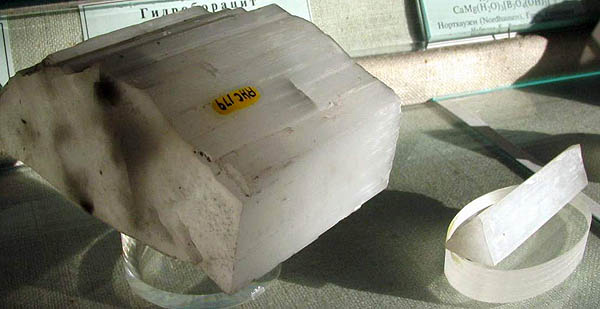
Uleksite (optical). Boron, California, USA. Photo: © А.А. Evseev.
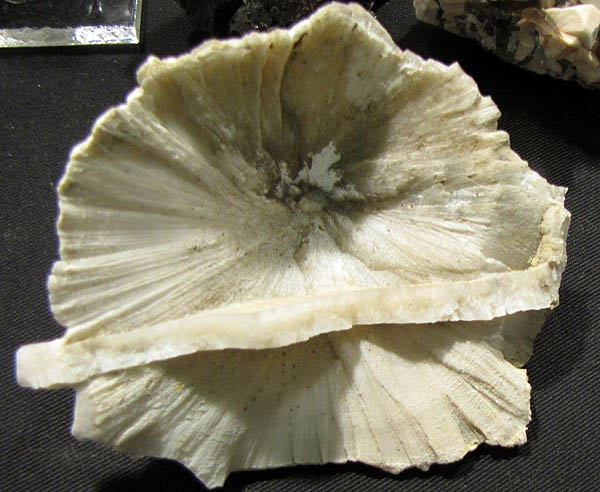
Uleksit, Kramer deposit. Boron, California, USA. Photo: © А.А. Evseev.
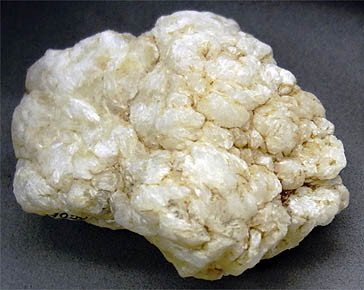
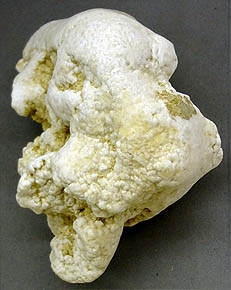
Uleksit. Panderma (rn), Turkey. Photo: © А.А. Evseev. Uleksit. Gland with a tangled-fibrous structure.
Kerch Peninsula, Crimea, Ukraine. Photo: © А.А. Evseev.
- Ghetchellit - "New Almaden blend" - arsenide and antimony sulfide (modern sulfosol)
- Antimony is a toxic metal (semimetal) , widely used in metallurgy, medicine and engineering
- Zirconium - a rare and undiscovered metal and the most dangerous precious stone in oxide and salt
- Gold - yellow dangerous and poisonous metal of modern accurate digital and cable technologies
- Sulfur is a golden-yellow toxic substance and a sign of active volcanic activity
- Cadmium is an undisputed toxic silvery metal unknown to a wide range of people
- Lead - a toxic gray imitator of metallic silver and toxic metal blende
- Arsenic is a classic poison of medieval and modern poisoners and medicine in medicine
Poisonous and radioactive dangerous stones and minerals
** - poisonous stones and minerals (mandatory check in the chemical laboratory + explicit indication of toxicity)
** - radioactive stones and minerals (mandatory check on the standard dosimeter + ban on open sales in case of radioactivity exceeding 24 milli / g / h + additional measures of population protection)
Catalog of minerals and semi-precious stones of the world by groups
** - poisonous stones and minerals
** - radioactive stones and minerals


Comments
When commenting on, remember that the content and tone of your message can hurt the feelings of real people, show respect and tolerance to your interlocutors even if you do not share their opinion, your behavior in the conditions of freedom of expression and anonymity provided by the Internet, changes Not only virtual, but also the real world. All comments are hidden from the index, spam is controlled.